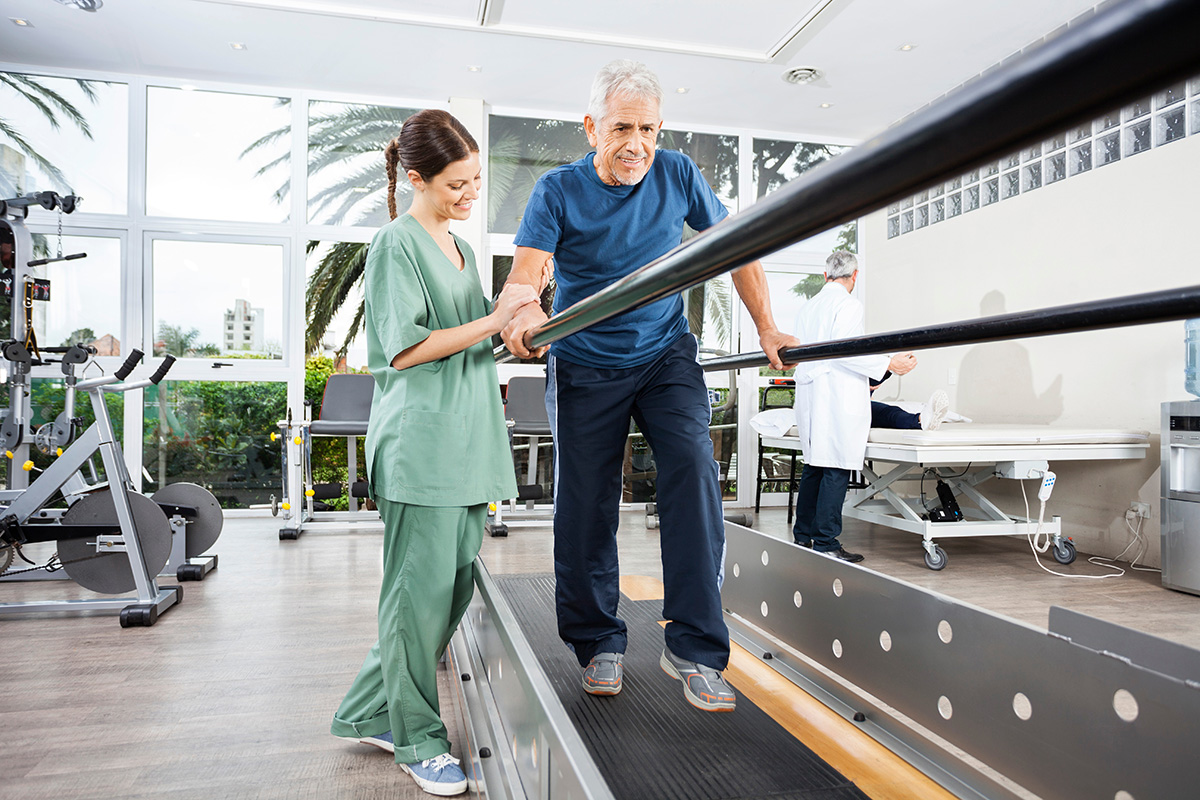PT For Balance and Strength Promotes Enhanced Mobility, Reduces Fall Risk, and Builds Confidence
Summary
The fear of falling is one of the most common complaints of our older patients. That’s because they know it frequently leads to hospitalization, loss of independence, and even death.
Fall Risk Is Progressive, But PT Can Reduce and Even Reverse It
Unfortunately, aging is a natural process we all must face. As a result, most of us learn to come to terms with the changes in our body as time goes by. That includes accepting the progressive risk of falls. However, as a physical therapist who has treated hundreds of patients for balance and fall prevention, I want you to know that you can prevent many falls by learning more and following a prevention plan.
Statistics Impacting The Urgency Of Preventing Falls
Here are some of the latest statistics on age-related falls from the Centers for Medicare & Medicaid Services (CMS) and the Centers for Disease Control and Prevention (CDC):
- Prevalence: Over 14 million adults aged 65 and older report falling each year in the United States, which is about 1 in 4 older adults.
- Injuries: Approximately 37% of those who fall report an injury that requires medical treatment or restricts their activity for at least one day, resulting in an estimated 9 million fall injuries annually.
- Fatalities: Falls are the leading cause of injury-related death among adults aged 65 and older.
The age-adjusted fall death rate increased by 41% from 55.3 per 100,000 older adults in 2012 to 78.0 per 100,000 older adults in 2021.
These statistics highlight the significant impact of falls on older adults and underscore the importance of fall prevention measures.
What Is Sarcopenia And Why Should I Care?
As we age, many of us will experience sarcopenia. Sarcopenia is the loss of muscle tissue, and can begin as early as 40 years old. Evidence suggests that muscle mass and strength both decline with up to 50% being lost by age 80. This is often associated with a loss of function, acute and chronic disease, increased insulin resistance, fatigue, falling, mortality and disability.
As far as strength is concerned, most older adults who are sedentary demonstrate a 1% decline in strength at age 50, and a 3% decline in muscular strength at age 70. Older adults are the least physically active of all age groups with only 11% of individuals over the age of 65 reporting that they engage in aerobic and strengthening activities in compliance with ACSM (American College of Sports Medicine) recommendations.








Leave A Comment